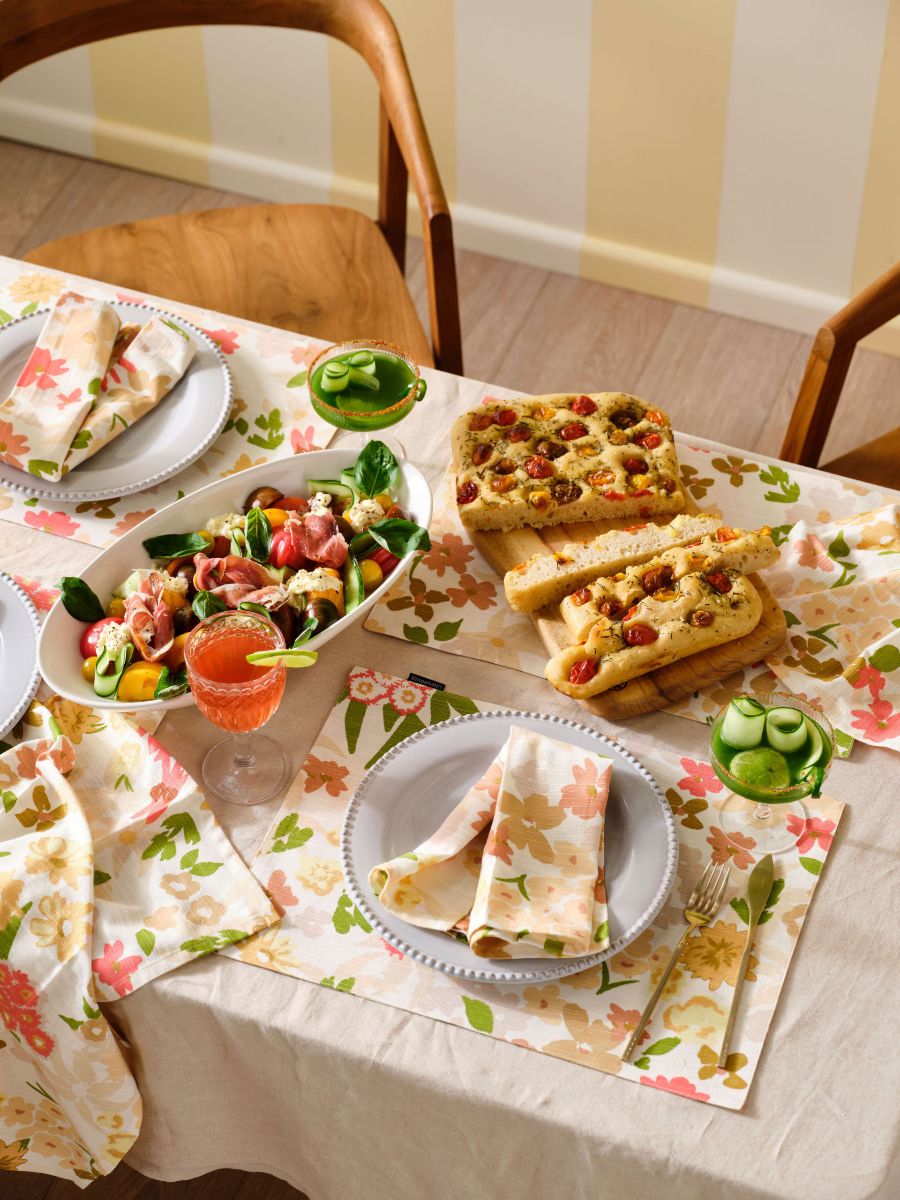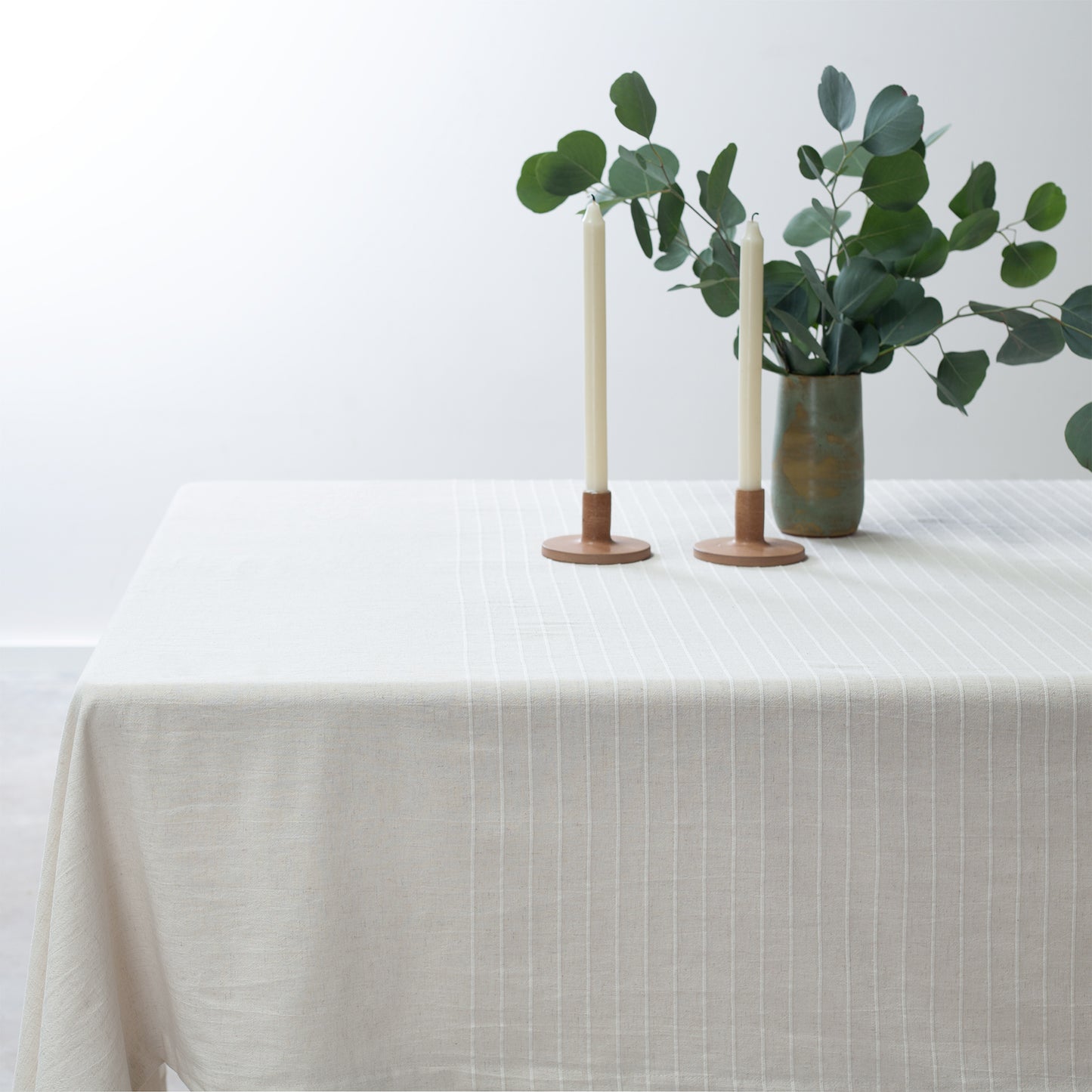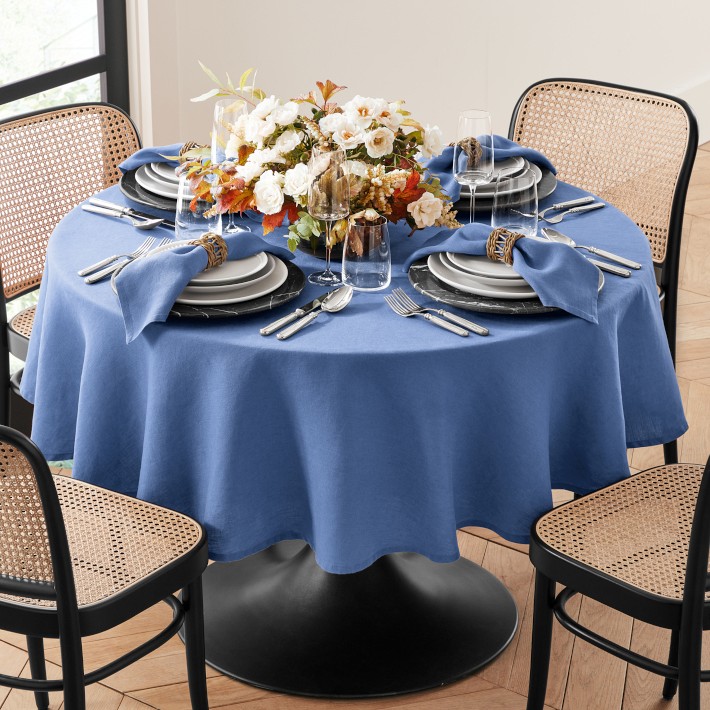Versatile Table Cloths: Designs and Fabrics for Any Occasion
Versatile Table Cloths: Designs and Fabrics for Any Occasion
Blog Article
Bed Linen Fabric Advancements: Checking Out Modern Trends and Creative Applications in Layout and Textile Sector
From lasting manufacturing techniques to sophisticated weaving modern technologies, the development of bed linen is reshaping the landscape of the fabric sector. As we dig right into the worlds of innovative layout applications and the introduction of linen blends and hybrid textiles, a new phase unfolds in which linen's role in future textile innovations takes center phase.
Sustainable Practices in Linen Manufacturing
Sustainable methods in bed linen manufacturing have actually become progressively vital in the textile sector's initiatives to reduce ecological impact and advertise moral sourcing approaches. Linen, an all-natural fiber originated from the flax plant, uses an array of benefits such as toughness, biodegradability, and breathability. However, typical techniques of linen manufacturing can entail considerable water intake, pesticide use, and energy-intensive procedures.
To resolve these difficulties, numerous fabric producers are adopting lasting techniques throughout the linen production process. This includes sourcing flax from organic ranches that prevent harmful chemicals and chemicals, applying water-efficient retting methods to extract fibers from the flax stalks, and making use of environment-friendly dyes and finishes. Additionally, some firms are buying renewable resource sources to power their manufacturing facilities and decreasing waste via recycling and upcycling initiatives.
Technical Improvements in Bed Linen Weaving
With the growing focus on sustainable techniques in linen manufacturing, the fabric industry is now seeing a surge in technical improvements particularly focused on changing the art of bed linen weaving. These advancements are improving the way linen fabrics are generated, supplying increased efficiency, top quality, and creative thinking in weaving techniques.
Among the essential technological advancements in linen weaving is the assimilation of digital looms. These innovative looms are equipped with software that permits complicated and detailed designs to be woven with accuracy. By digitizing the weaving procedure, suppliers can accomplish higher uniformity and accuracy in their bed linen fabrics.
Additionally, improvements in yarn spinning technology have actually enabled the manufacturing of finer and even more long lasting linen yarns - table cloths. This leads to softer and smoother linen fabrics that retain their high quality also after several uses and laundries
Additionally, the growth of environment-friendly dyeing processes and surfaces for bed linen fabrics is getting grip. These sustainable methods not only reduce the environmental influence yet additionally satisfy the boosting consumer need for ethically produced textiles.
Creative Style Applications for Bed Linen
Innovative creative methods are progressively forming the creative style applications for bed linen in the fabric industry. Linen's natural aesthetic allure and capability to mix with various other textiles make it a favorite option for producing special garments and accessories that cater to the environmentally aware consumer.
Moreover, designers are trying out linen in home design, utilizing its sturdy and breathable nature to craft trendy furnishings such as curtains, bed linen, and upholstery. The structure and drape of linen bring a feeling of elegance and convenience to interior areas, including a touch of beauty to index contemporary homes.

Bed Linen Blends and Crossbreed Fabrics

Hybrid materials, on the various other hand, take the concept of blending an action additionally by integrating extra elements such as metal strings, recycled materials, or conductive fibers. These click for info ingenious textiles not only increase the design opportunities but likewise present practical aspects like conductivity, antimicrobial properties, or enhanced resilience. Crossbreed textiles are significantly being made use of in various markets, consisting of style, indoor style, and technological textiles, where the demand for multifunctional materials is on the surge.
Bed linen's Function in Future Textile Innovations

In the realm of future textile developments, bed linen is anticipated to be a principal in the growth of advanced functional fabrics. Researchers and designers are discovering ways to enhance linen's integral top qualities via technical improvements, such as integrating wise textiles, nanotechnology, and efficiency surfaces. These advancements aim to elevate bed linen's performance characteristics, making it ideal for a wider variety of applications, from activewear to safety garments.
Moreover, the mix of linen with various other all-natural or artificial fibers opens up limitless possibilities for creating novel fabrics with special residential properties and functionalities. By leveraging bed linen's attributes and checking out cutting-edge blends, the textile industry is positioned to introduce interesting growths that cater to developing consumer demands and sustainability needs.
Conclusion
Finally, the expedition of lasting practices, technological innovations, imaginative design applications, linen blends, and its role in future fabric from this source technologies highlight the constant development of linen material in the modern design and textile industry. With a concentrate on advancement and imagination, the flexibility and environmentally friendly nature of linen make it a useful product for developers and producers alike, paving the way for additional developments and advancements in the area of textiles.
As we dig right into the worlds of innovative layout applications and the emergence of bed linen blends and crossbreed materials, a new phase unfolds in which bed linen's function in future textile advancements takes facility stage.
Checking out the blend of bed linen with other materials has led to the appearance of innovative blends and hybrid fabrics in the modern textile industry. Linen blends use a distinct mix of the qualities of bed linen with those of various other fibers, resulting in textiles that have improved properties such as enhanced durability, enhanced draping, and lowered wrinkling.The development of bed linen blends and crossbreed fabrics has set the phase for Linen to play an essential duty in driving future fabric innovations.In the world of future fabric technologies, bed linen is anticipated to be a crucial player in the advancement of advanced functional fabrics.
Report this page